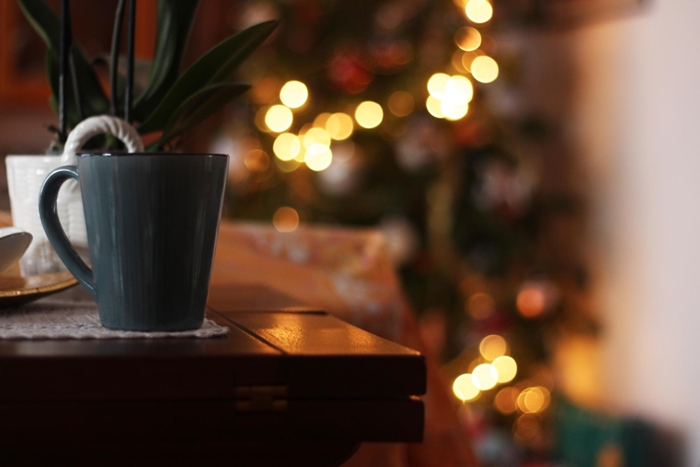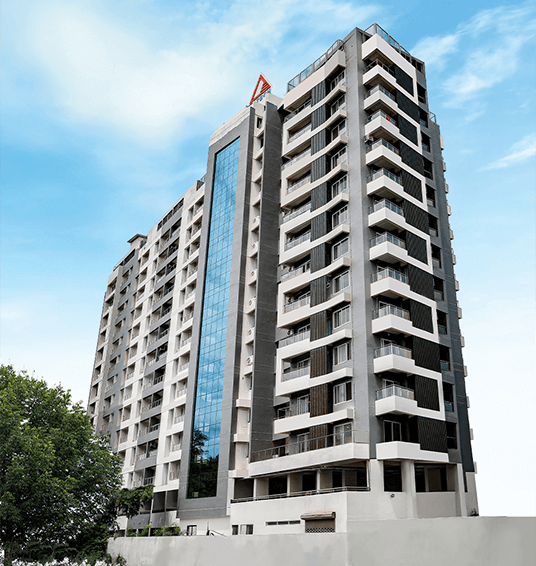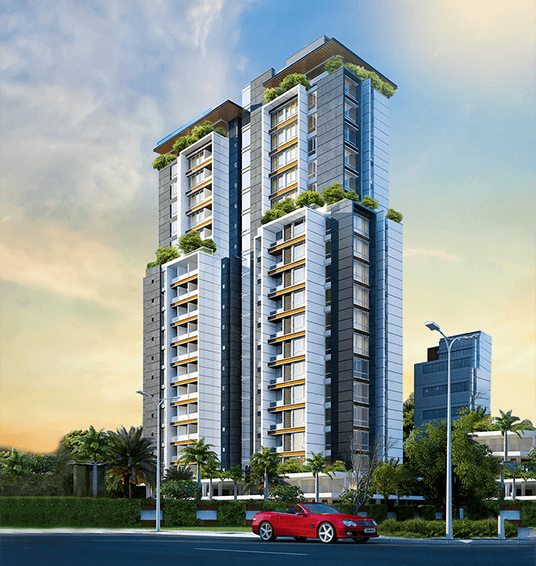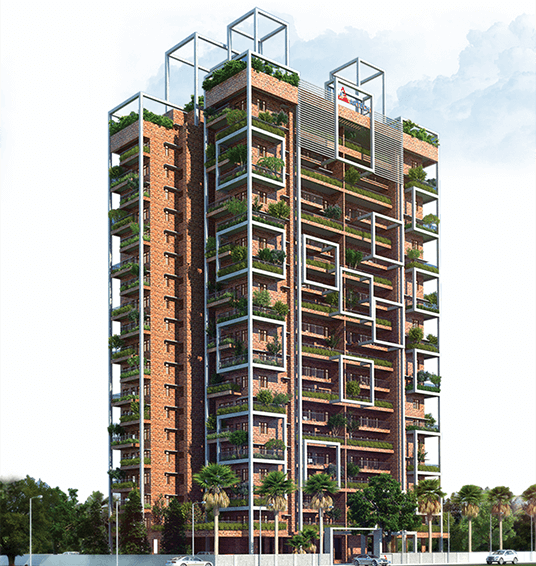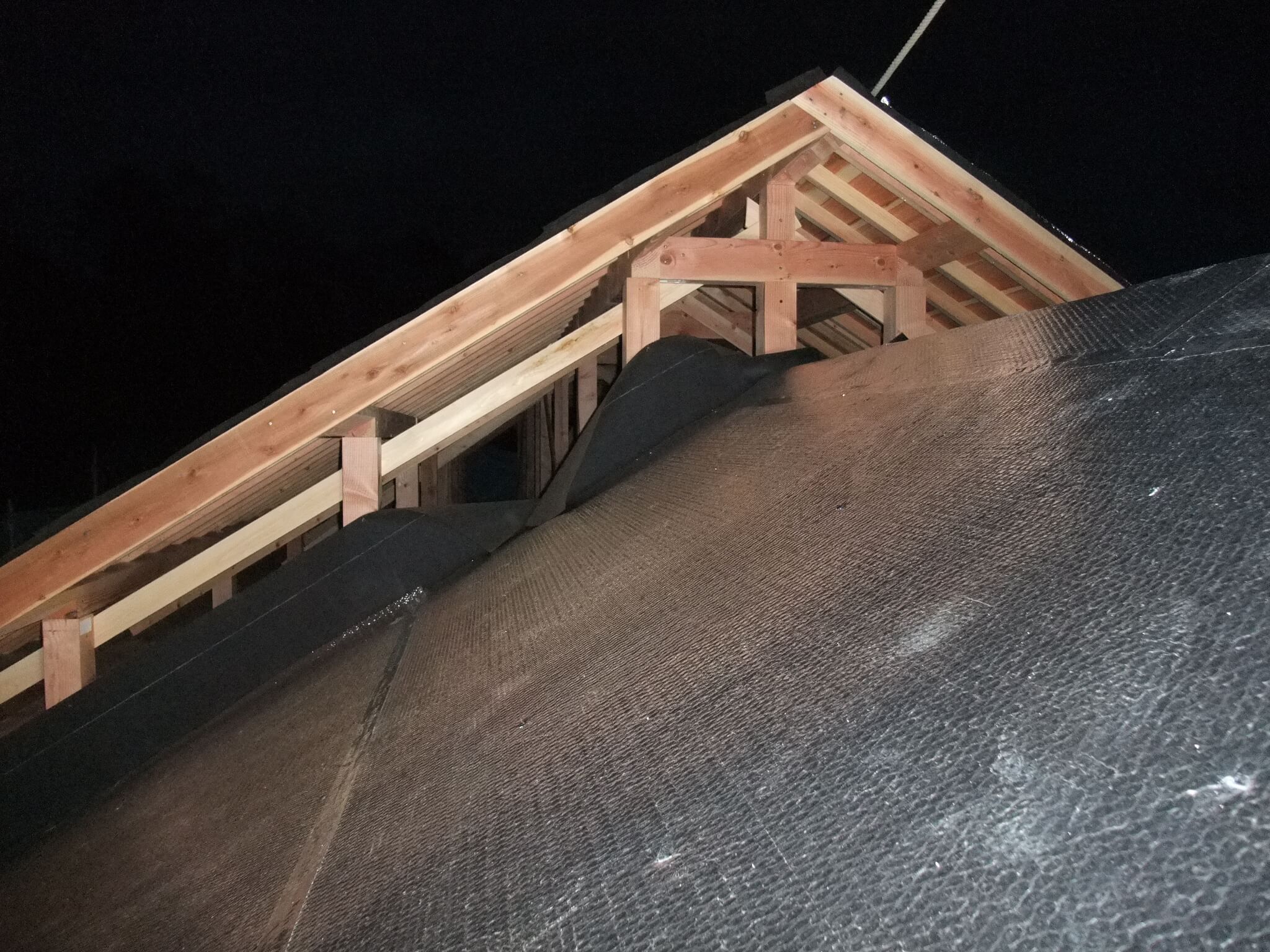
The exterior of the house takes the brunt of the harsh weather conditions outside. However, it’s the roof or terrace that gets to suffer the vagaries of weather variations the most. This is why you need to ensure that it’s sturdily built according to the dictates of professional builders. As the roof or terrace gets to face the harsh sun followed by cooler weather, there is significant expansion and contraction of the concrete surface going on continuously.
If the finishing hasn’t been done right, there are chances of formations of splits, cracks, and fissures, which over time can result in leakage of moisture into the home. This will not only affect the structure of the house, but also the health of the inhabitants. And with the annual monsoons hitting Kerala, the roof must remain impermeable to water.
Waterproofing your concrete terrace is a stepwise procedure that’s usually better done by a professional; some, of course, will encourage you to do it yourself, but why take the risk – let the professionals do their job! Most roofs aren’t perfectly sloped, especially when it comes to concrete rooftops of large apartment buildings. The areas around the drains and scuppers especially get to see the retention of water with puddle formation. If this problem is left to fester for long, it will result in seepage into the walls and inner ceilings, making unsightly damp patches.
Adding a waterproofing layer can extend the life of your rooftop for many more years. The conventional methods of waterproofing include mud phuska or brickbat Coba; the downside here is that these elements are rigid and don’t expand and contract with temperature variations, resulting in the formation of cracks and water seepage. Temporary solutions to this problem include latex coating or covering with polyethylene sheets.
A more permanent solution will cost you a little more but will be more effective. Waterproofing of the terrace or rooftop becomes essential, especially for new buildings. Before the onset of the monsoon season, ensure that all drains have been cleared to prevent the accumulation of water in puddles. Numerous commercial products are available for painting on a waterproofing layer onto your rooftop. While its best to go with a reliable branded product, do remember to get a professional to do it without cutting edges.
These waterproofing liquids usually have to be applied in two layers. The material should accommodate expansion and contraction by up to 2mm and some might need to be further covered with screed to protect from UV radiations.
However, be kind to your rooftop, and give it the best waterproofing you can!





